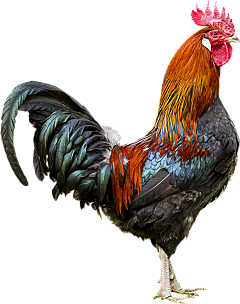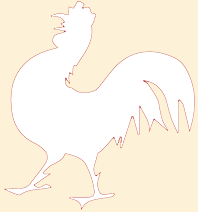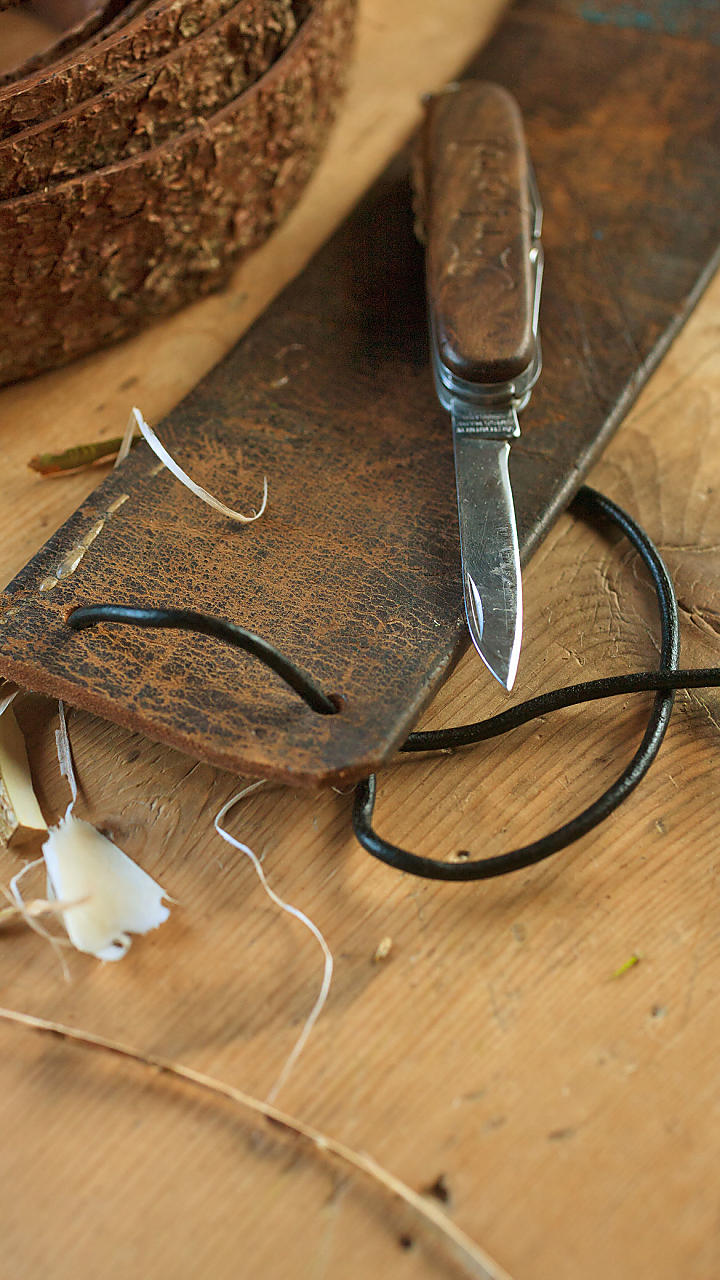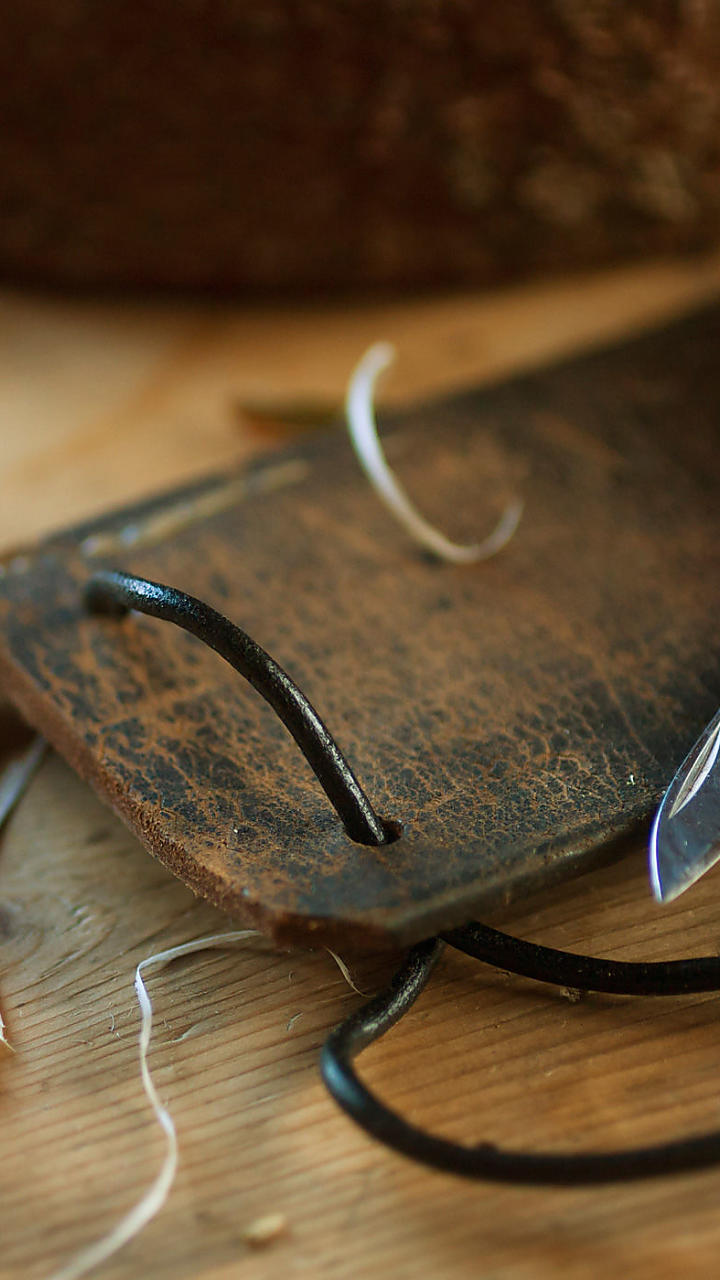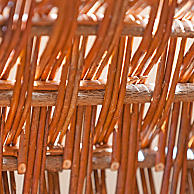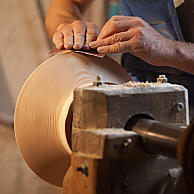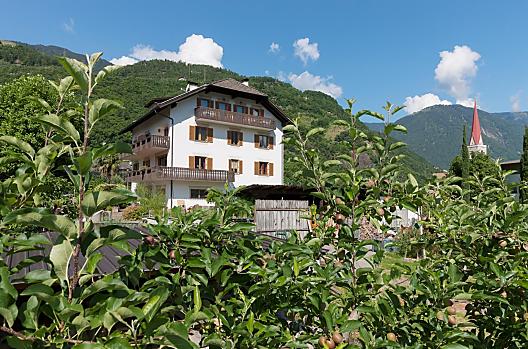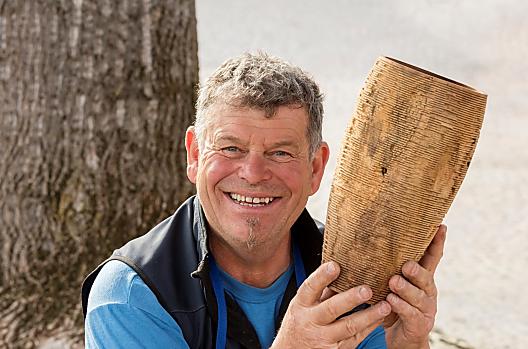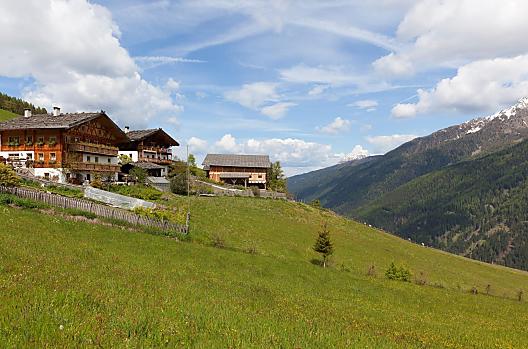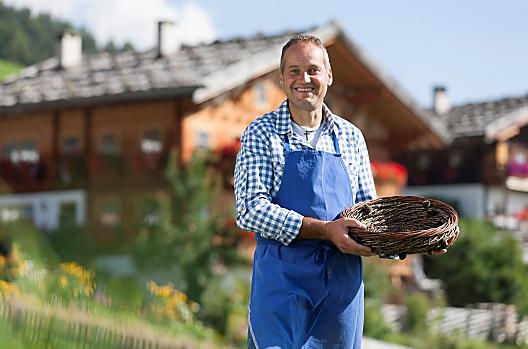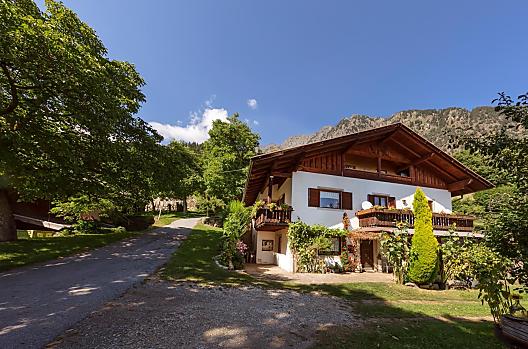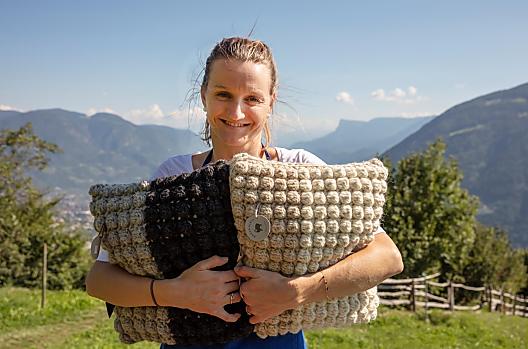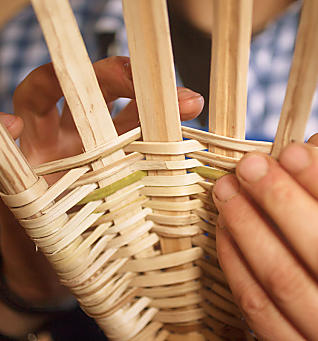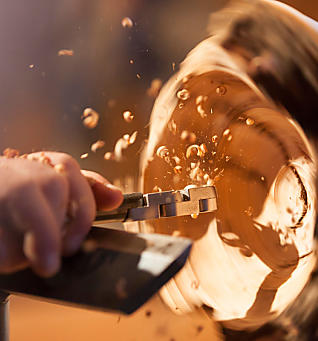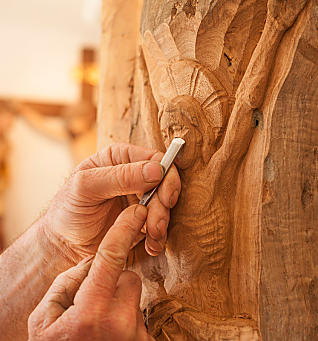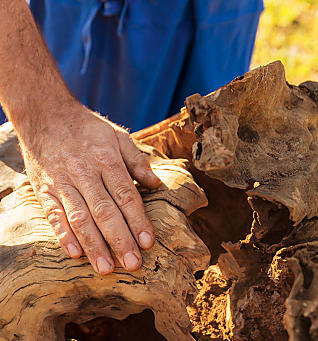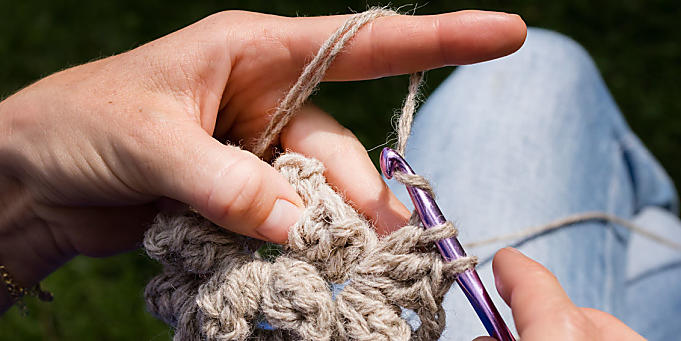Rural handicrafts
A long tradition
Did you know that peasant crafts experienced their heyday between 1800 and 1900? And that in addition to the specialised craftsmen, small farmers and full-time farmers were also involved in crafts? With "Roter Hahn" you can immerse yourself in the everyday life of peasants at that time.
Did you know that peasant crafts experienced their heyday between 1800 and 1900? And that in addition to the specialised craftsmen, small farmers and full-time farmers were also involved in crafts? With "Roter Hahn" you can immerse yourself in the everyday life of peasants at that time.
The small farmers, who had only little land and mostly practised a handicraft as a source of additional income, were called "cottage craft farmers". Either they set up a small workshop at home or they went "auf die Stör", i.e. on the move. In the countryside, it was customary to bring the craftsmen into the house instead of going to see them. Therefore, tailors, shoemakers and weavers, for example, moved from farm to farm and made shoes and garments for the whole family. The remuneration consisted of free board and lodging. In late autumn, this was supplemented by "Besserung", a payment in kind, e.g. in the form of grain, poppy seeds or bread. The farmwomen often cooked Sunday dishes when the "itinerant craftsmen" were in the house, so that she would not have to reproach herself afterwards. The itinerant craftsmen travelled far and wide and therefore had a lot of news to tell. This was a welcome change in the peasants' everyday life.
Crafts in the winter months
On the farms in South Tyrol the wintertime was the quieter time of the year. So also the full-time farmers engaged in handicrafts for their own use. These farmers, with eight head of cattle and more in the barn and arable land, did not need to do any additional work during the year. On each farm there was a workshop, the "Machkammer", which was used for repairing the farm tools. In addition, the farmers made various objects for daily use: Baskets were woven, rakes were made, or plates, bowls, and whetstone holders made of pine wood were turned on the lathe. While the men worked mostly with wood, the women devoted themselves above all to the wool processing.
Many times the handicraft skills were passed on from generation to generation, which still happens very often today. From grandparents to parents and then to children and grandchildren, the valuable skills are conscientiously and patiently passed on, so that they are not forgotten.
Crafts to get to know
Do you know this craft?
Farm search
Lived tradition, today
The craft farms of "Roter Hahn" bring you close to the living traditions of the past.
- Wood carvings
- Wood turning
- Weavings
- Items from wool

